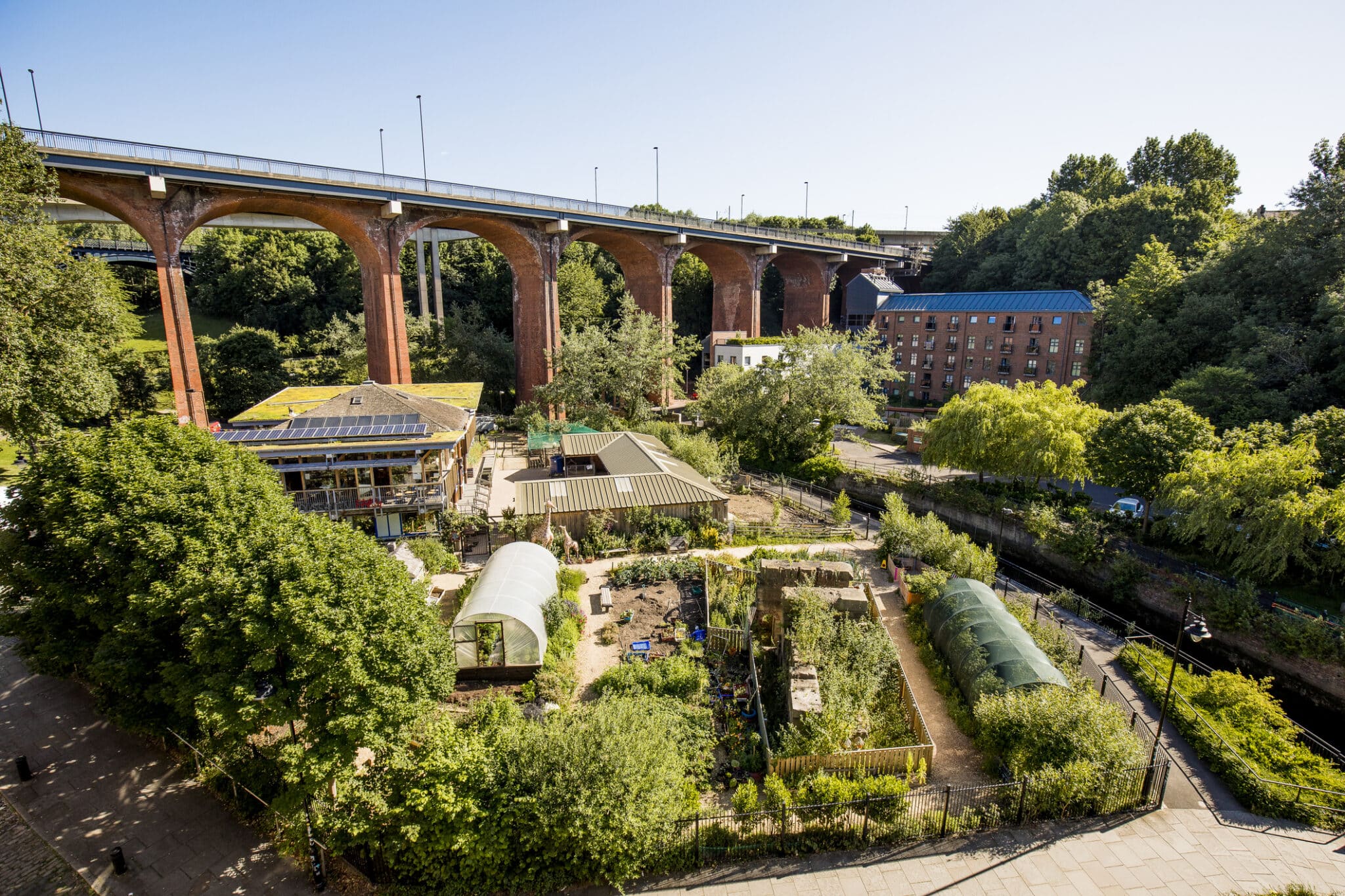Facts About City Blooming Uncovered
Facts About City Blooming Uncovered
Blog Article
City Blooming Can Be Fun For Anyone
Table of ContentsThings about City BloomingThe Definitive Guide for City BloomingThe Definitive Guide for City BloomingCity Blooming for DummiesThe 30-Second Trick For City Blooming
Intrigued in expanding food offer for sale in the City of Chicago? Thinking of beginning an area yard? Modifications to the Chicago Zoning Regulation permit farming uses like area yards and city ranches in numerous components of the city. Below is a list of frequently asked questions regarding the rules and regulations that cultivators ought to think about when intending a city agriculture task.
The zoning amendment does not modify any various other codes handling composting, building licenses, acquiring or renting City owned home, organization licenses or ecological contamination. There are existing codes that manage these problems and they continue to be in full impact and may apply to your project. Neighborhood yards are generally possessed or managed by public entities, civic organizations or community-based companies and kept by volunteers.
Urban ranches expand food that is meant to be offered, either on a not-for-profit or for-profit basis. Due to their industrial objective, city ranches require a service license. Yes. A neighborhood yard is allowed to offer excess create that was grown on site if the sales are accessory or subservient to the yard's main objective defined above.
City Blooming for Dummies
Composting is enabled however just for plant material that is generated and utilized on website. The quantity of compost product can not go beyond 25 cubic yards at any kind of given time according to the criteria in 7-28-715 of the City's Municipal Code. Yes. Since the dirt at the majority of new yard sites requires changing, compost, dirt, timber chips, or various other products can be gotten to construct or enhance the growing space - urban gardening.

If a building authorization is required after that the hoophouse will certainly be considered an accessory building. You can figure out more concerning the structure authorization requirements by contacting the Division of Buildings. The 25,000-square-foot size limit is meant to avoid additional hints a solitary neighborhood yard from controling a provided block or interfering with the block's existing residential or industrial character.
The restriction does not use to gardens situated in Public Open Area (POS) areas. Can there be greater than one area garden that is 25,000 square feet on a solitary block? Yes. The size limit applies to individual yards, not to private blocks. No. Secure fencing is not required, nonetheless, yards that have large parking lot may be called for to mount fence or various other landscaping attributes.
The smart Trick of City Blooming That Nobody is Discussing
B1 & B2 districts call for that all business usage activities be carried out inside. Is fencing needed for metropolitan ranches? Fencings may be required, along with landscaping and screening, for specific car park locations and outside job or storage space areas depending on location and the particular activity taking location.
Urban ranches need structure permits and zoning authorizations prior to building (home and garden). Various other types of city review might be required depending on certain structures, activities, size, landscape design, licensing, public health and stormwater administration concerns.
The Department of Service Matters and Customer Defense can help figure out the particular type of company license that's required. Off road car parking is needed for many industrial tasks in Chicago. The needed number of car park spaces is based on the number of employees working on website and not the square video footage of the growing room.
The Greatest Guide To City Blooming

Yes. A city farm can offer garden compost material produced on site, however, the operation must comply with the policies in 7-28-715 of the Chicago Municipal Code. Yes. Aquaponic systems are allowed inside your home on urban ranches in numerous zoning districts. A zoning review and building permit is required in order to set up structures or systems and a service license is needed as described over.
As much as five hives or colonies of honey might be kept as an accessory usage. Nevertheless, beekeepers should sign up with the Illinois Division of Agriculture. To learn more regarding the proposed zoning amendment you may contact the Department of Housing and Economic Growth, Bureau of Planning and Zoning at 312.744.8563.
Farming in cities and urban locations An urban ranch in Chicago. Urban agriculture describes various techniques of growing. https://telegra.ph/City-Gardening-Embracing-Green-Spaces-in-Urban-Life-06-27, handling, and distributing food in urban locations. The term likewise relates to the location activities of pet husbandry, aquaculture, beekeeping, and horticulture in a metropolitan context. Urban farming is differentiated from peri-urban farming, which takes location in country areas beside suburban areas.
The City Blooming Diaries
, who look for to develop social networks established on a shared values of nature and area holism. These networks can establish by way of official institutional support, ending up being integrated into regional community preparation as a "change community" activity for sustainable urban growth.
Some of the initial evidence of urban agriculture comes from Mesopotamia.
Report this page